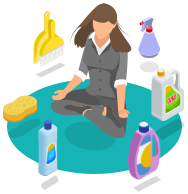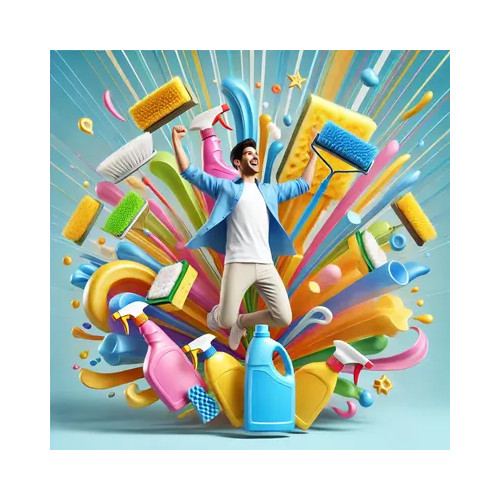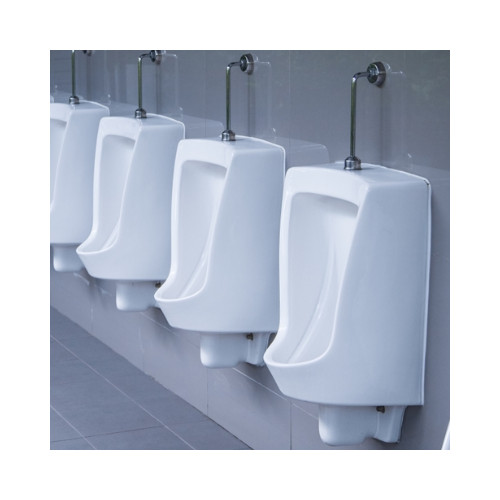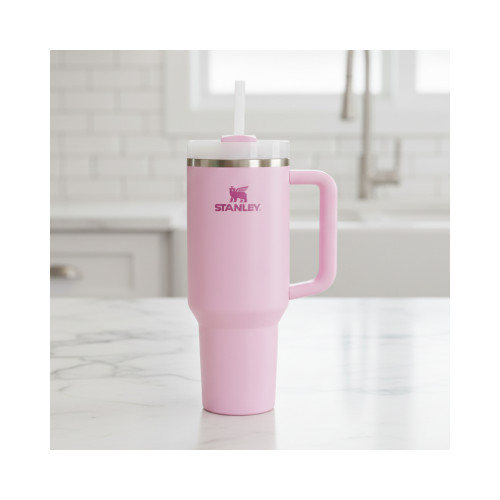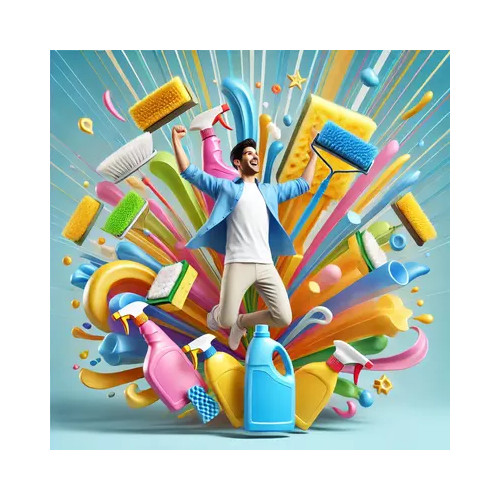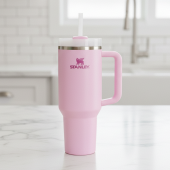
Is Your Water Bottle Dirtier Than a Toilet Seat?
Here’s a startling fact: in 2023, researchers from the US company Water Filter Guru swabbed reusable bottles and found that the average one was 40,000 times dirtier than a toilet seat. Yes, your trusty hydration companion could be harbouring billions of bacteria if it isn’t properly cleaned.
The Rise of the Reusable
We’ve all become more aware of the environmental toll of single-use plastic. With bottles taking centuries to decompose and releasing harmful microplastics into the ecosystem, the reusable water bottle has become a sustainable hero—and even a status symbol. From sleek stainless steel flasks to the cult-favourite Stanley Quencher, bottles have gone from practical to fashionable.
The Hidden Health Hazard
Looks aside, most bottles are crawling with microbes. Moisture, warmth, and drink residue create the perfect breeding ground for bacteria, which can multiply into the billions within a day. If you’ve ever noticed a slimy layer inside, that’s a biofilm—a protective bacterial stronghold that’s tough to shift.
Common culprits lurking in bottles include Staphylococcus aureus, E. coli, and Pseudomonas species. While they may not always cause immediate illness, they can be risky for children, the elderly, or anyone with a weakened immune system. Sugary drinks, protein shakes or even a slice of fruit make things worse, feeding a thriving microbial community.
Straws, Spouts, and Bacterial Hotspots
The dirtiest spot? The rim—constantly in contact with your mouth and often trapping food particles. Bottles with straws or complex lids are particularly tricky; studies show straw-topped bottles contain up to 14 times more bacteria than a pet’s bowl.
How to Keep Your Bottle Clean
- Wash daily with warm water and washing-up liquid.
- Focus on problem areas: lids, rims, straws and moving parts.
- Deep clean weekly by soaking with diluted vinegar, lemon juice, or baking soda.
- Air dry fully with the lid off—moisture fuels bacteria.
- Replace when necessary: if it smells, grows mould, or is cracked, it’s time for a new one.
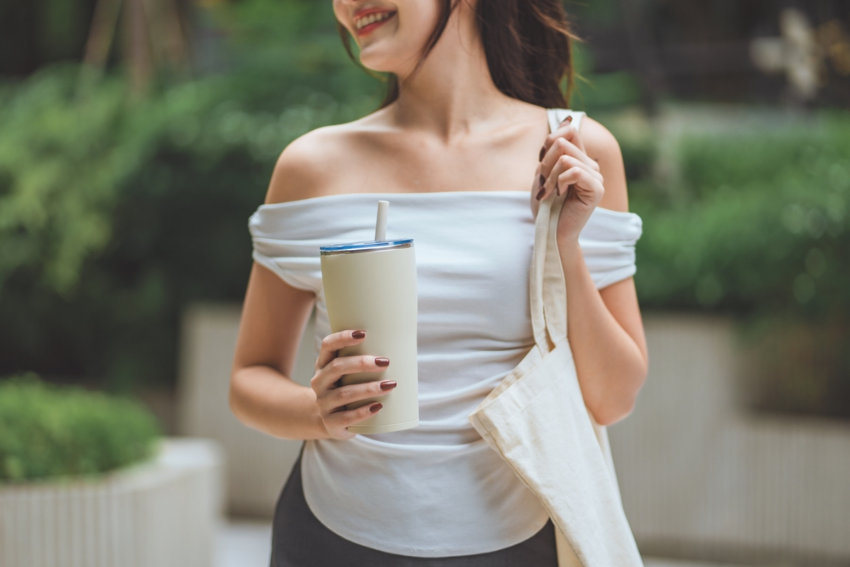
The Best Materials
Stainless steel is generally more hygienic than plastic, which scratches more easily and traps bacteria. Glass is another safe option, though not ideal for the clumsy among us.
Final Sip
Your reusable bottle is great for the planet, but only if you keep it clean. A little daily care goes a long way to keeping both your hydration—and your health—safe. Ignore it, and you may end up drinking more than just water.
Stay Connected
Stay connected and be the first to know about our latest products, special offers, and exciting news:The Cleaning Blog
Want to learn more about cleaning? From the latest cleaning and hygiene news to handy how-to guides, why not check out our most popular blog categories.Stay Connected
Stay connected and be the first to know about our latest products, special offers, and exciting news: